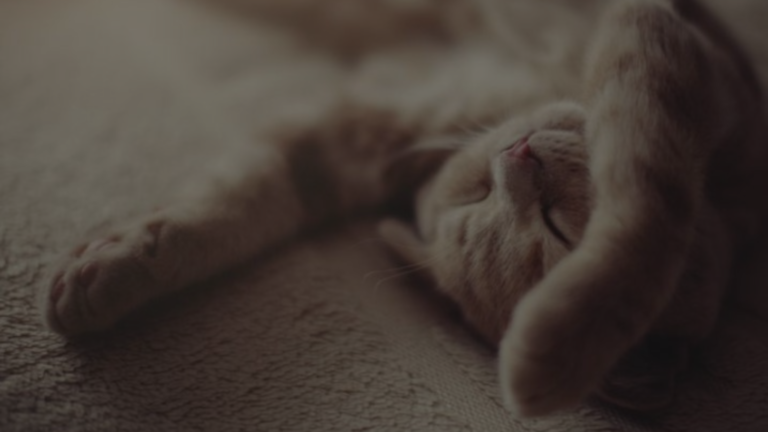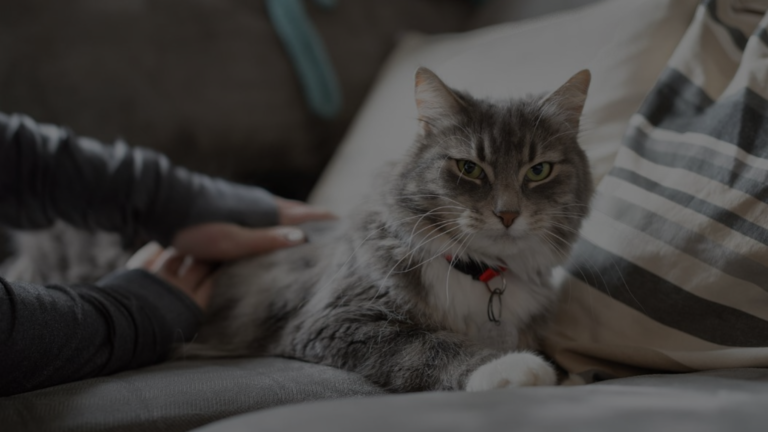Ah, cats. Those adorable bundles of fur can bring joy and laughter into our lives. But sometimes, their playful antics can leave behind less-than-delightful surprises: cat pee on the carpet. Finding these hidden messes can feel like solving a detective case, but fear not, fellow cat owner! This comprehensive guide equips you with the knowledge and tools to learn how to find cat pee on carpet like a pro.
The Sniff Test to Find Cat Pee
Let’s start with the obvious: your nose. Cat urine has a distinct, ammonia-like odor that can be quite pungent. While sniffing around your carpet can be helpful, it’s not always reliable. The scent can be faint, masked by other smells, or even travel through the air, making pinpointing the exact location tricky.
Visual Clues to Find Cat Pee
Visual inspection can be your next ally. Look for discoloration on the carpet, particularly yellowish or brownish stains. Pay attention to areas where your cat frequents, like near their litter box, scratching post, or favorite napping spots. Keep in mind that fresh urine might not show visible stains immediately.
Using Blacklight to Find Cat Pee
Enter the blacklight. This handy tool emits ultraviolet (UV) light that makes cat urine glow, even if it’s dried and invisible to the naked eye. Simply dim the lights, turn on your blacklight, and scan your carpet. Stains will appear as a bright, neon yellow, making them easier to locate.
Pro Tip: Purchase a blacklight with a longwave UV wavelength (around 365nm) for optimal results with cat urine.

Beyond the Surface
Remember, cat urine can seep into the carpet padding and even the subfloor beneath. If your suspicions remain, consider these methods:
- Moisture meter: This tool detects hidden moisture beneath the carpet surface, indicating potential urine deposits.
- Enzyme cleaner: Spray an enzyme-based cleaner on the suspected area and let it sit. The enzymes will break down the urine, making the stain easier to see (and smell) after drying.
- Professional carpet cleaning: For stubborn stains or widespread issues, consider hiring professional carpet cleaners equipped with specialized equipment and cleaning techniques.
Addressing the Root Cause
Finding the cat pee is just half the battle. To prevent future accidents, address the underlying cause of your cat’s behavior. Consider these possibilities:
- Litter box issues: Ensure the litter box is clean, accessible, and the right size for your cat. Experiment with different litter types and placements to find what works best.
- Medical concerns: Rule out any medical conditions that might cause inappropriate urination, such as urinary tract infections or bladder stones. Consult your veterinarian for a thorough checkup.
- Stress or anxiety: Cats can urinate outside the litter box due to stress or anxiety caused by changes in their environment, new pets, or other factors. Address the source of stress and provide enrichment activities to keep your cat happy and relaxed.
Patience and Persistence are Key
Discovering and eliminating cat pee can be a frustrating process, but remember, patience and persistence are key. By combining the techniques mentioned above and addressing the root cause, you can restore your carpet’s freshness and create a harmonious environment for both you and your feline friend.

Resources & References
- American Society for the Prevention of Cruelty to Animals (ASPCA): https://www.aspca.org/
- The Humane Society of the United States: https://www.humanesociety.org/
- Cornell University College of Veterinary Medicine: https://www.vet.cornell.edu/departments/cornell-feline-health-center/health-information/feline-health-topics
Additional Tips
- Act quickly: The sooner you address the cat pee, the easier it will be to remove the stain and odor.
- Use enzymatic cleaners: These cleaners contain enzymes that break down the proteins in cat urine, removing the stain and odor permanently.
- Avoid harsh chemicals: Bleach and other harsh chemicals can damage your carpet and may not be effective at removing cat urine odor.
- Be gentle with your cat: Never punish your cat for urinating outside the litter box. This will only make the problem worse.
By following these tips and utilizing the techniques outlined in this guide, you can successfully navigate the mystery of cat pee on the carpet and restore peace and freshness to your home.
FAQs About Finding Cat Pee on Carpet
My cat peed on the carpet, but I can’t smell anything! How do I find the stain?
While the strong ammonia scent is a classic indicator, sometimes cat urine can be odorless, especially if it’s dried. Don’t despair! Utilize a blacklight, moisture meter, or enzyme cleaner to reveal hidden stains.
I tried a blacklight, but I did not see any glowing spots. What now?
Not all blacklights are created equal. Ensure yours has a longwave UV wavelength (around 365nm) for optimal detection of cat urine. If still unsuccessful, consider the moisture meter or professional cleaning services.
I found the stain, but it’s soaked into the padding. What should I do?
Don’t panic! Apply an enzyme cleaner directly to the affected area and allow it to sit for the recommended time. This will break down the urine and neutralize the odor, even in the padding. You might need to repeat the process and consider professional cleaning for deep-seated stains.
My cat keeps peeing on the carpet, even after cleaning. What’s wrong?
There could be several reasons. Medical issues, litter box problems, stress, or anxiety might be the culprit. Consult your veterinarian to rule out medical causes and address potential behavioral triggers.
I’m worried about using harsh chemicals on my carpet. Are there natural alternatives?
Absolutely! Baking soda and white vinegar are effective homemade solutions. Mix baking soda with water to form a paste, apply to the stain, let it dry, then vacuum. For odors, mix equal parts white vinegar and water in a spray bottle and mist the affected area.
I found the stain, but it’s dried and dark. Can I still remove it?
Yes, but it might require more effort. Enzyme cleaners are key, as they break down the proteins in cat urine, permanently eliminating the stain and odor. Be patient, as multiple applications might be needed for dried stains.







